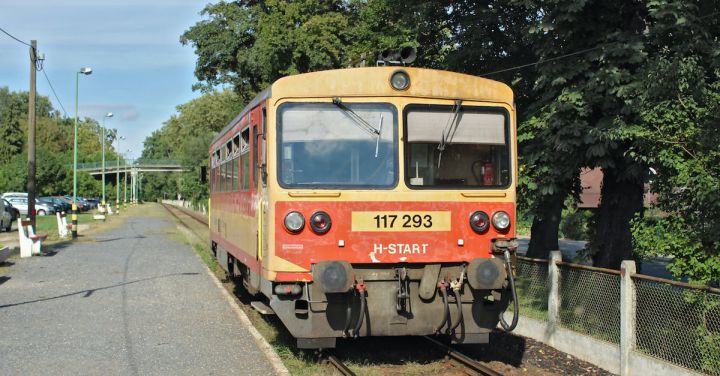The transition from steam to diesel locomotives marked a significant turning point in the history of railroad transportation. It revolutionized the way trains operated, offering improved efficiency, reliability, and cost-effectiveness. This article will delve into the reasons behind this transition and the impact it had on the railroad industry.
Steam locomotives had been the backbone of rail transportation for over a century. These massive machines relied on steam power generated by burning coal or wood to produce the energy needed to move the train. While steam locomotives were powerful, they had several drawbacks. They required frequent stops to refuel and replenish water supplies, resulting in longer trip times. Steam locomotives were also expensive to maintain and operate due to the high cost of fuel and the need for skilled engineers.
The development and introduction of diesel locomotives in the mid-20th century provided a solution to these challenges. Diesel locomotives were powered by diesel engines, which offered numerous advantages over steam. Diesel fuel was more readily available and cheaper than coal or wood, making it a more cost-effective option. Diesel locomotives also required less maintenance and had a longer operational life compared to steam locomotives.
One of the most significant advantages of diesel locomotives was their increased efficiency. They were able to convert a higher percentage of fuel energy into useful work, resulting in greater pulling power and faster speeds. Diesel locomotives could also operate for longer periods without needing to refuel or replenish water, allowing for more uninterrupted journeys and reduced travel times.
The transition from steam to diesel locomotives was not an overnight process. It took several decades for diesel locomotives to gain widespread acceptance and replace steam locomotives. The first diesel locomotives were introduced in the 1920s, but it wasn’t until after World War II that their use became more prevalent. The post-war economic boom created a demand for faster and more efficient transportation, prompting railroads to invest in dieselization.
Diesel locomotives quickly proved their worth, and railroads began phasing out steam locomotives. The advantages of diesel, such as lower operating costs and increased reliability, made them the preferred choice for both freight and passenger trains. Diesel locomotives were also more environmentally friendly, producing fewer emissions and reducing air pollution compared to steam locomotives.
The transition to diesel locomotives had a profound impact on the railroad industry. It resulted in significant improvements in transportation efficiency, allowing trains to carry more goods and passengers in less time. The reduced operating costs of diesel locomotives also made rail transportation more competitive with other modes of transportation, such as trucks and airplanes.
The shift to diesel locomotives also led to changes in the workforce. Steam locomotives required a large crew, including engineers, firemen, and brakemen, to operate and maintain. With the introduction of diesel locomotives, the need for such a large crew diminished. This led to job losses in the industry, but also opened up new opportunities for specialization and technological advancements.
In conclusion, the transition from steam to diesel locomotives revolutionized the railroad industry. Diesel locomotives offered increased efficiency, reliability, and cost-effectiveness, leading to faster travel times and reduced operating costs. The shift to diesel also had environmental benefits, reducing pollution and emissions. While the transition took time, it ultimately transformed rail transportation and paved the way for further technological advancements in the industry.
